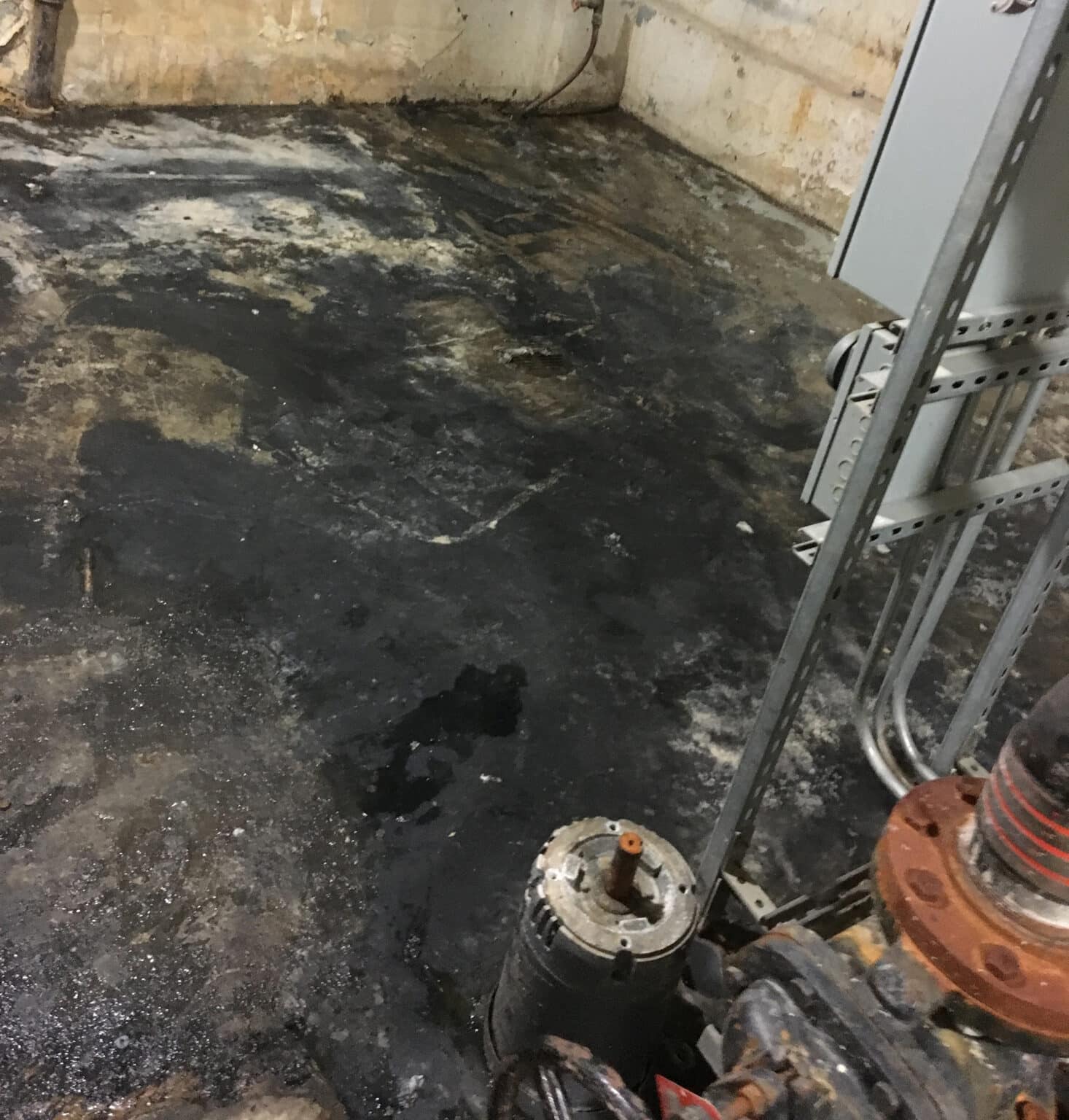

- #Sewage backup cleanup professional#
- #Sewage backup cleanup windows#
Do not use harsh chemicals to unclog the draining system as they can cause severe damage to the pipes and sewer lines.Keep all the receipts for materials and replacements, as well as for the repair and cleaning works performed in your home Take pictures of the sewage spill and the water-damaged items and structural materials before removing them or having anything cleaned up (the photographs will serve as proof for your insurance claim).
#Sewage backup cleanup professional#
Besides, most sewage cleanup companies offer not only water extraction, but also quality repair works, odor removal, and content cleanup, so you will have all the aspects of the restoration process taken care of when using professional sewage cleanup services. The quick and efficient intervention of the experienced technicians will save you a lot of time and effort and will provide the most appropriate, safest, and cost-effective solution to the problem.

 Call a professional water damage restoration company. Contact your municipal authority or sewage department (if your home is connected to a public sewer) or your local health department (if your home is connected to a private septic system) and ask for advice. Notify your insurance company that there has been a sewage spill in your home. Add small amounts of chlorine bleach to standing water to ensure some disinfection. Take any dry, un-contaminated items away from the affected area.
Call a professional water damage restoration company. Contact your municipal authority or sewage department (if your home is connected to a public sewer) or your local health department (if your home is connected to a private septic system) and ask for advice. Notify your insurance company that there has been a sewage spill in your home. Add small amounts of chlorine bleach to standing water to ensure some disinfection. Take any dry, un-contaminated items away from the affected area. #Sewage backup cleanup windows#
Open doors and windows to allow fresh air inside (do not use the central air conditioning system to ventilate your home as sewage-contaminated dust and water droplets can enter the HVAC system and contaminate it). Turn off any running water and don’t use the water supply system in your home (it may even be a good idea to turn off the water supply to the building). Wear rubber gloves and use a dry wooden stick to shut off the main switch Switch off the electrical power to your home (only if the distribution panel is safely above water). Put on appropriate protective equipment – rubber gloves, rubber boots, impervious coveralls, protective eyewear, and a facemask. Keep children and pets away from the affected area. There are certain important precautionary measures to take after a sewage backup in order to prevent the damage from spreading: Professional help is your best option in such situations, but you can do a few things to limit the extent of the damage before the experts arrive (or even deal with the problem yourself if the damage is not too severe). Raw sewage cleanup, in particular, is especially laborious and risky as it not only causes a lot of hassle and inconveniences, but also presents a variety of health hazards (sewage spills contain contaminants that can cause serious diseases) and sanitation issues. 
Cleaning up sewer backup requires a lot of time and effort, as well as specialized disinfecting products and purification techniques. A sewage backup is one of the most troublesome and foul incidents that can occur in a home – it can cause extensive property damage and severe health problems and, on top of that, it is extremely difficult and unpleasant to deal with.








 0 kommentar(er)
0 kommentar(er)
